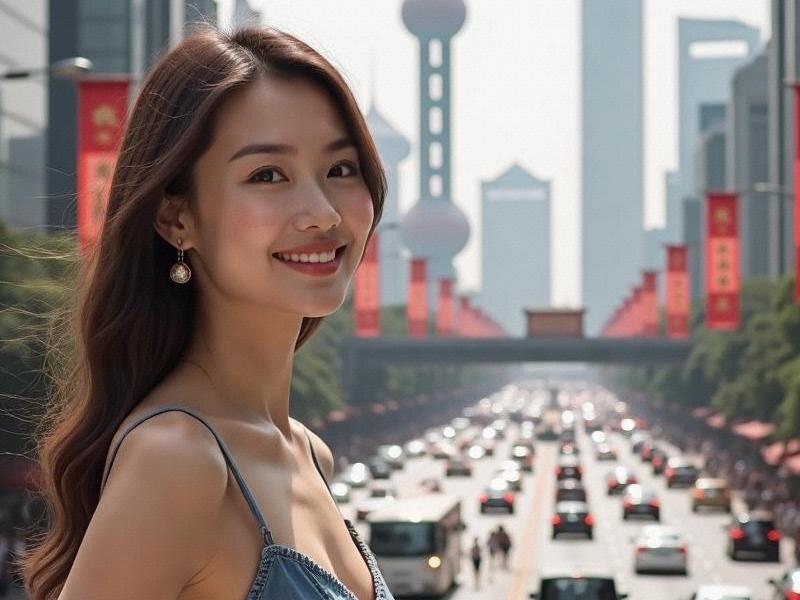Silicon Valley of the East: How Shanghai's Tech-Savvy Women Are Redefining Beauty Standards
⏱ 2025-06-18 00:25 🔖 阿拉上海娱乐联盟
📢0℃

The golden hour light reflects off the glass facades of Lujiazui's skyscrapers as 28-year-old robotics engineer Lin Yue adjusts her augmented reality glasses, simultaneously debugging code and checking her smart skincare patch's readings. This seamless integration of cutting-edge technology with personal care exemplifies the new Shanghai woman - equally fluent in Python programming and the art of tea ceremony.
I. Historical Context: From Cotton Mill Girls to AI Pioneers
Shanghai's female evolution timeline:
• 1920s: Textile factory workers forming China's first female labor unions
• 1980s: "Shanghai Girl" stereotypes in global media
• 2000s: Dot-com boom female entrepreneurs
• 2020s: AI and biotech leaders
II. The 2025 Statistical Portrait
爱上海最新论坛
Demographic insights:
- 79% of women aged 25-35 hold STEM degrees (national average: 42%)
- Female-led startups account for 38% of Shanghai's tech sector
- 63% use AI-powered beauty devices daily
- Average work-leisure balance score: 7.2/10 (highest in China)
III. Beauty in the Digital Age
Emerging trends:
新上海龙凤419会所 ✓ "Algorithmic aesthetics" - data-driven style choices
✓ Smart qipao with temperature regulation
✓ Biometric jewelry tracking stress levels
✓ VR makeup testing before purchases
IV. The Double-Edged Sword of Progress
Contemporary challenges:
→ Digital addiction among young professionals
→ Work-life integration difficulties
上海贵族宝贝自荐419 → Pressure to maintain "perfect" online personas
→ Cybersecurity concerns for female executives
V. The New Role Models
Influential figures:
• Tech: Lucy Peng (Ant Group)
• Venture Capital: Jenny Lee (GGV Capital)
• Biotech: Dr. Wang Xiaoyuan (CRISPR researcher)
• Fashion-Tech: Zhang Tian'ai (NEIWAI founder)
As neon lights illuminate the Huangpu River, Shanghai's women navigate their complex reality - where ancient porcelain-making techniques inspire smartphone ceramic cases, where tea houses double as co-working spaces, and where being feminine means commanding both boardrooms and mahjong tables with equal grace. Their secret lies in viewing tradition not as chains, but as code to be remixed for the modern era.
The Velvet Rope Revolution: How Shanghai's Elite Clubs Are Redefining Nightlife LuxuryShanghai: A Vibrant Metropolis Where Tradition Meets Modernity【午夜奏鸣曲】——解码上海娱乐会所的三重空间叙事The Evolution and Flourishing of Shanghai's Leisure Clubs: A Glimpse into the City's Dynamic Lifestyle Scene"Tides of Change: How Shanghai Reshapes the Yangtze River Delta Ecosystem""Shanghai 2025: Where Future Meets Tradition in China's Most Dynamic Metropolis"Shanghai's Green Transformation: How the City is Leading China's Eco-Friendly RevolutionShanghai's Nightlife Renaissance: How Luxury Clubs Redefine Urban Entertainment【潮汐之城】上海与周边七城的量子纠缠"Yangtze Delta Renaissance: How Shanghai and Its Satellite Cities Are Creating China's Most Dynamic Metropolitan Region"

